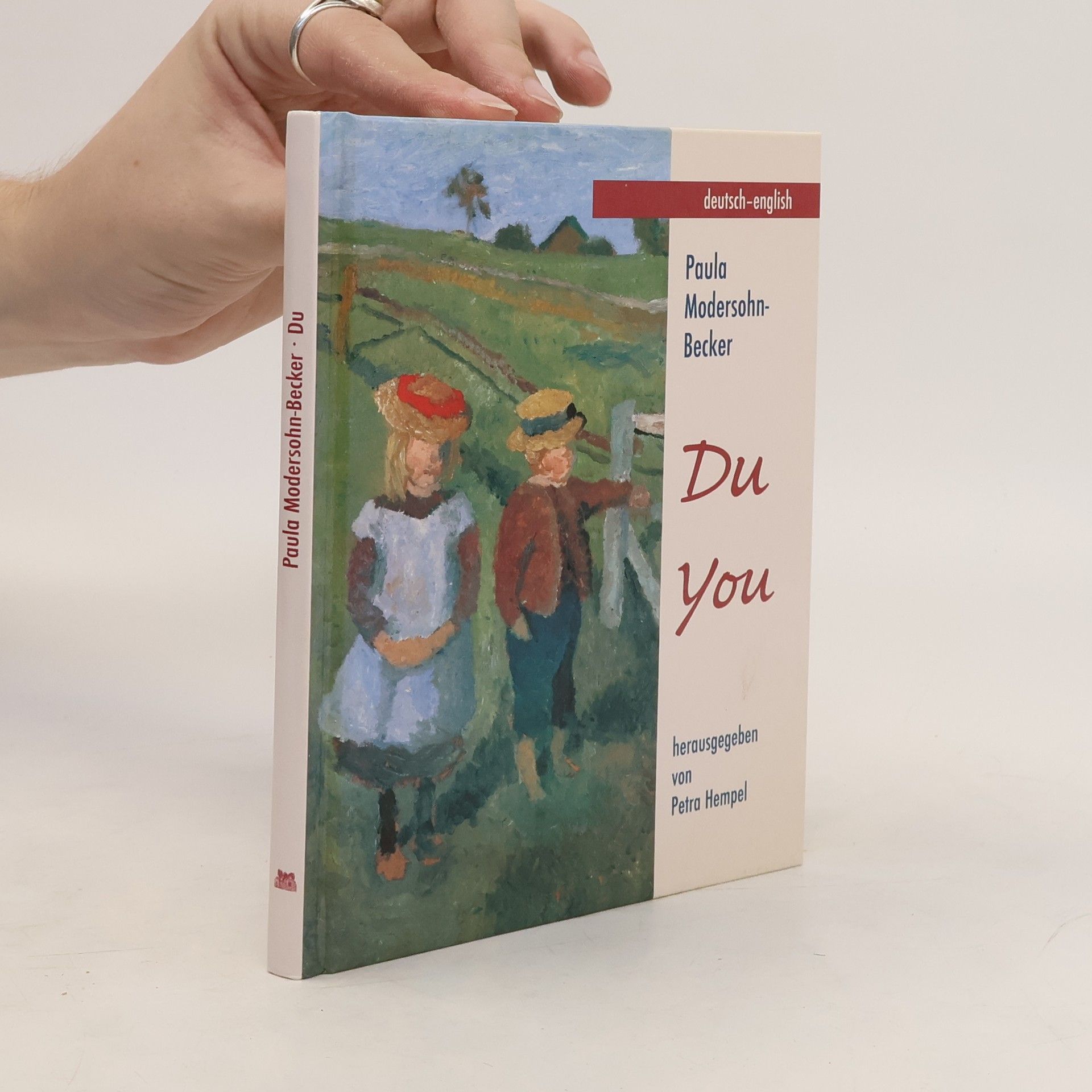Dell'artista tedesca Paula Modersohn-Becker (1876-1907), anticipatrice del primo espressionismo - incarnato dalla Brücke (Il ponte) - proponiamo in nuova traduzione pensieri sull'arte e la vita, che rappresentarono materia di studio e ispirazione per le giovani generazioni del suo paese.
Paula Modersohn-Becker Libri
Paula Modersohn-Becker fu una pittrice tedesca e una delle più importanti rappresentanti del primo espressionismo. La sua breve carriera fu interrotta prematuramente quando morì all'età di 31 anni. È riconosciuta come la prima pittrice nota a dipingere nudi in autoritratto. Fu un membro importante del movimento artistico del modernismo all'inizio del ventesimo secolo.






Paula Modersohn-Becker - Berlin, Worpswede, Paris
- 87pagine
- 4 ore di lettura
Recognized today as one of the great modernist painters, Paula Modersohn-Becker was also a gifted writer, and her large body of letters and journals represent the story of her life. This volume presents the journals and every extant letter, each carefully annotated.
A Little Book of Self-Care for Those Who Grieve
- 112pagine
- 4 ore di lettura
A thoughtful and gentle approach to working through grief, specifically created for those in the overwhelming early days of loss.
Paula Modersohn-Becker (1876–1907), who was entirely unknown during her lifetime, is today regarded as a pioneer of modernism in Germany. In just a few creative years, an artistic body of work of international significance emerged from both the secluded artists' village of Worpswede and the seething metropolis of Paris.
Ein Märchen für Kinder und Erwachsene - geschrieben von Paula Modersohn - Becker (1876-1907) - die schönste Beschreibung ihres malerischen Werkes, illustriert mit ihren eigenen Bildern Ein Nachwort von der Hrsg. Petra Hempel erläutert den Text.
Briefwechsel mit Rainer Maria Rilke
- 120pagine
- 5 ore di lettura
Die Malerin Paula Modersohn-Becker und den Dichter Rainer Maria Rilke verband eine von Spannungen nicht freie Freundschaft. Ihr Einander-Verstehen und -Missverstehen und Rilkes erst postum ausgesprochene Hochachtung für das Werk der Freundin haben vielfach Anlass zu Spekulationen gegeben, bis hin zu einer vermuteten Liebesbeziehung. Ihr erstmals zum Dialog zusammengeführter Briefwechsel zeigt sie als verletzliche, seelenverwandte junge Menschen, die am Beginn der Moderne in Deutschland über das Persönliche hinaus die Suche nach einem eigenen künstlerischen Standpunkt verbunden hat.

